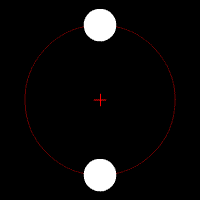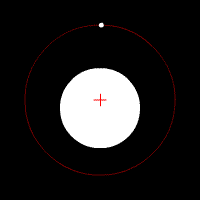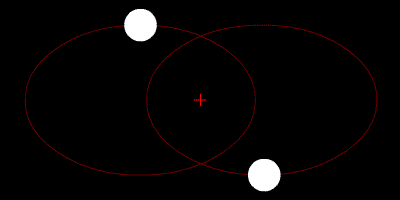Hi,
today I will shortly explain how is it that we know that Sun is a star and why it is not so trivial.
When you look up on the clear sky in night you see dots and they are said to be basically the same thing as our close Sun. They definitely shine, but not so much, they are not very warm, light up in different time than Sun, for some reason twinkle and are way smaller, even with binoculars they are still dots.
Hell yeah, they are quite small dots! Even if you take our best telescopes you will always have them so tiny! They are “point source of light”, which means that they are simply so small that from our view and practical purposes they are dimensionless.
They are huge though, most a bit smaller then Sun but still big, but so far away that they seem only as points. If even now we can not see the star’s surface as anything else than a dot, how do we know that it is the same thing as Sun?
The thought of Sun being star was there for some time. I found that already guys in ancient Greece thought that, the same idea came to the famous row of astronomers like Copernicus, Galileo, Kepler, Newton and others but they still did not have an access knowledge that would prove it.
In 1838 Friedrich Bessel measured the distance to star for a first time without considering anything about it (I guess he might have used stellar paralax but I am not sure). He found that the distance is huge, as we know today and soon we calculated that these dots are actually about as bright as Sun, also with astronomical spectroscopy scientists found out that what is happening there is also happening here. To make it clear, we do not have a “close up” image of any star, nor do we have image of any exoplanet.. for now that is simply impossible, still we can admire the cool Jupiter that Juno is taking pics of! (it is literally porn for eyes 😉 )
Dragallur



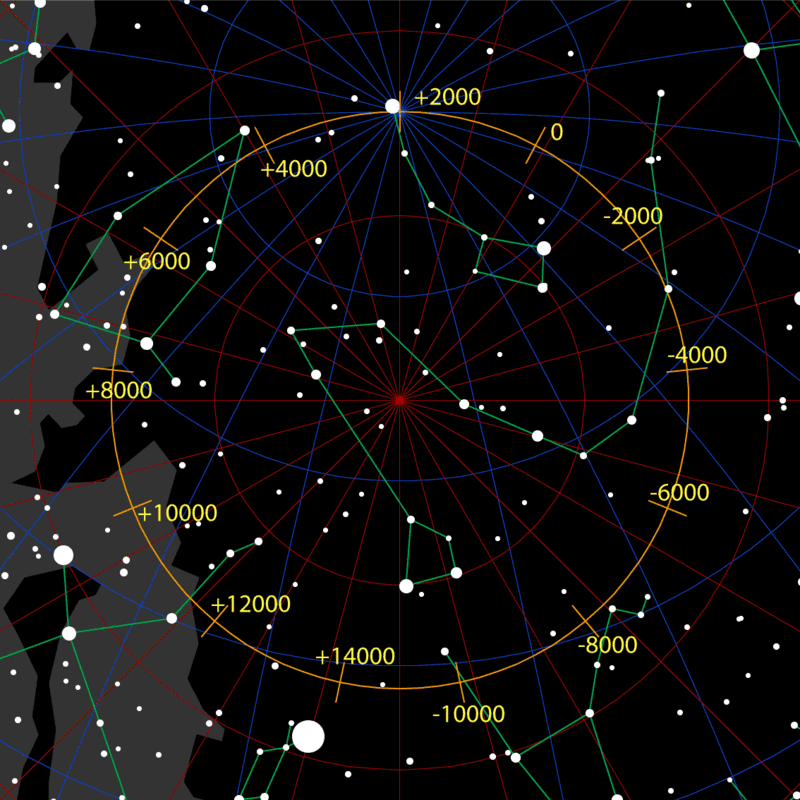




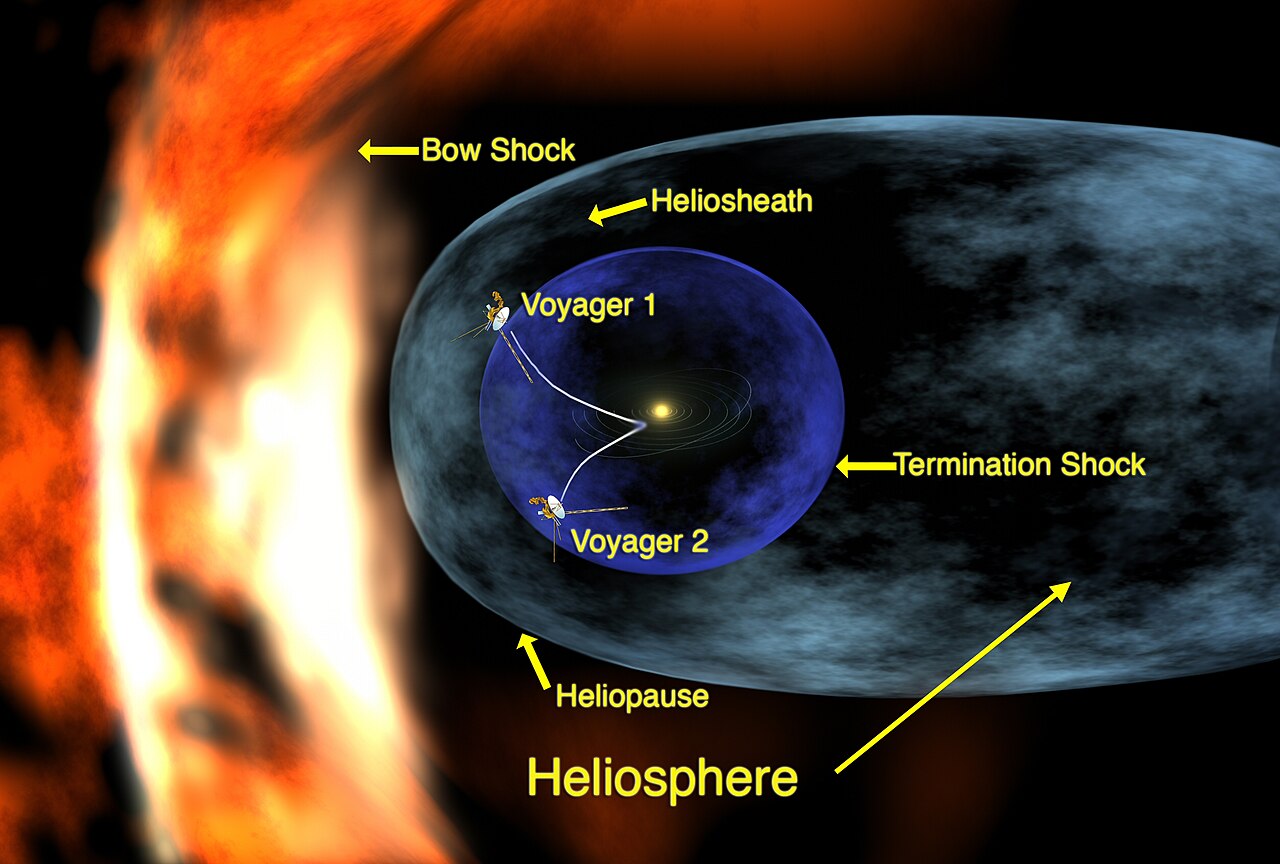
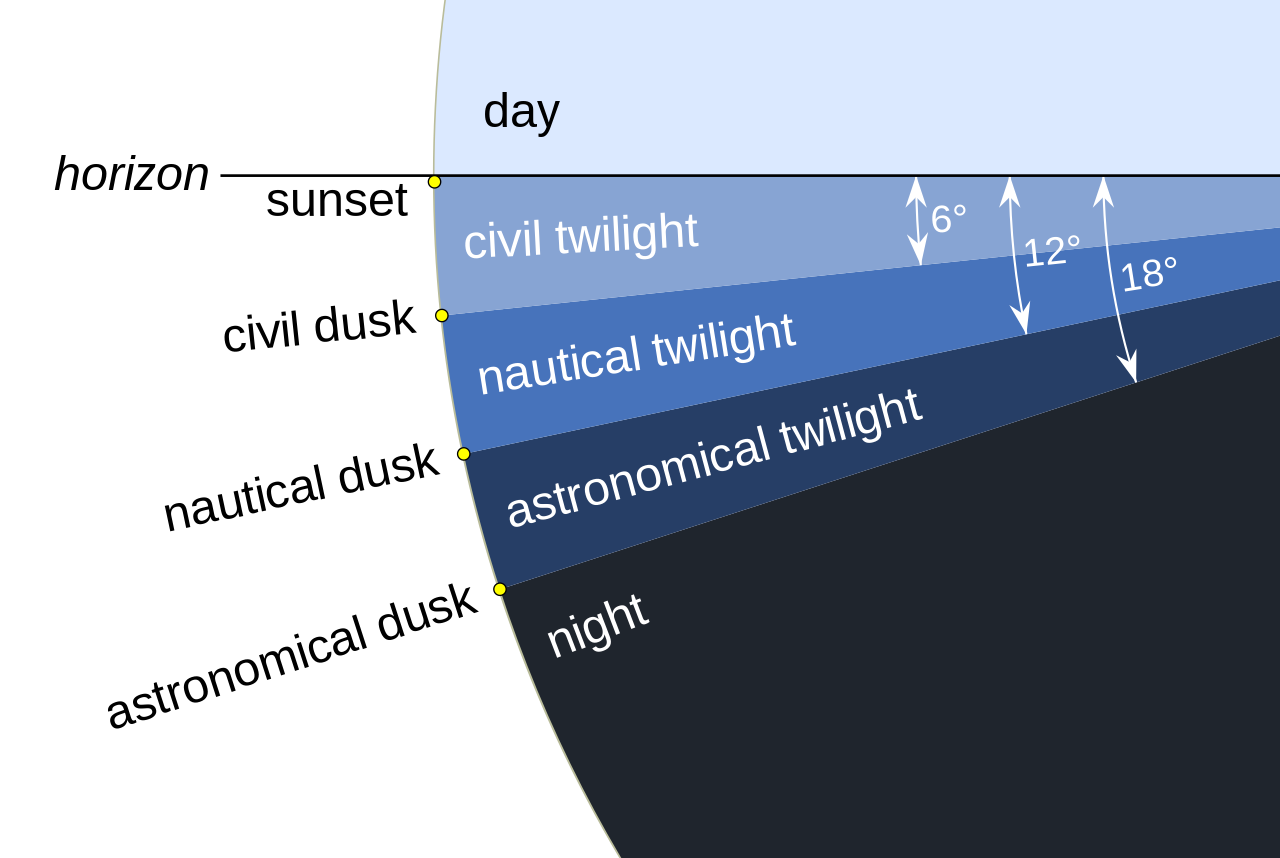



 There are few more instruments that collect the light in various spectrums. For now we must wait before they finish whole work, and there is nothing more to do than admire the work that Hubble has done for us (and is still doing (actually the work of engineers and scientists)).
There are few more instruments that collect the light in various spectrums. For now we must wait before they finish whole work, and there is nothing more to do than admire the work that Hubble has done for us (and is still doing (actually the work of engineers and scientists)).


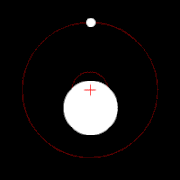

 make a hierarchy of all of them.
make a hierarchy of all of them.
 which is not very bright.
which is not very bright.